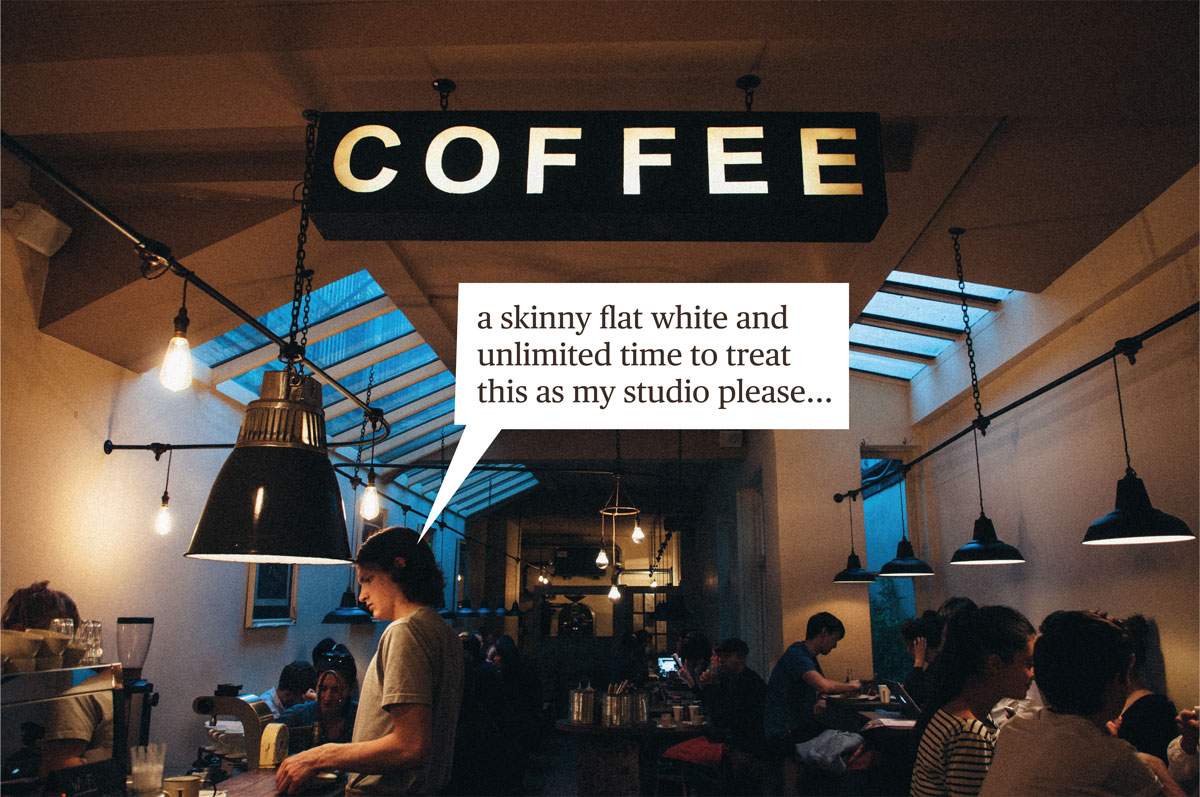Agencies live and die by their people.
The traditional ad agency is dead because it can no longer support the economics that attract and retain the talent it needs.
The digital economy means that clients must navigate more channels and make sense of more data and complexity. Being asked what your strategy is for analytics, search, social, mobile, CRM, shopper, e-commerce, influencer, etc. are all valid questions and considerations for marketing managers. While agency egos are quick to celebrate the gold-plated trophies that recognize their ‘award winning’ creative from big TV and print production, today’s clients instead need total business solutions that drive real ROI.
Years of complacency by ever larger agency holding companies afflicted by a myopic desire to hit quarterly financial targets has created an opening for new competition. Clients are bringing more work in house and calling consultancies like Deloitte Digital, Accenture Interactive, and PWC Digital Services, as well as tech companies like Amazon, Google, and Facebook to fill the void. The Mad Men model has lost its relevance with 62% of clients reporting that they now see their agencies as suppliers, not partners.
Sidelined and outcompeted, agencies aren’t just losing market share – an exodus of talent is leaving traditional ad agencies. In fact, the number of people working at advertising agencies has been cut in half since 2010. Deloitte Digital, on the other hand, is now a $1.5 billion practice with almost 6,000 employees. Madison Avenue is losing a bitter talent war against big consulting and Silicon Valley. The ad industry is simply outgunned in just about everything people look for in a job, including higher compensation packages, more engaging work, better company culture, and even the opportunity to change the world.
Clients want capable agency teams working with continuity on their business challenges. But the ongoing drain of agency talent paired with increased employee turnover has mounted more and more pressure on agency-client relationships. In 1984, the average client-agency partnership tenure was over 7 years. By 1997, this number had declined to 5 years. Today, agencies hold onto clients for less than 3 years.
Clients are facing global P&L pressure and digital disruption in their own businesses, and have in turn squeezed their agencies. Retainers disappeared and were replaced by heightened budget scrutiny and greater procurement controls.
Under revenue pressure, winning new work became more important than ever for agencies, who reacted by staffing their best people on RFP’s instead of client work. Agencies also squeezed their largest cost – employees – demanding that agency personnel work longer hours, do more spec work, and take on less inspiring projects. But hurting employee morale, commoditizing creativity, and building a sales culture instead of being client-focused only made the work less fun and increased turnover.
Meanwhile, the work suffered and clients felt it. Because digital provides an unprecedented level of transparency into measuring campaign performance, agency creative that doesn’t perform has become very easy to spot. The result, best captured by a recent survey of clients, revealed that 70% feel their agencies have an “incapacity” to come up with genuine consumer insights.
Desperate to deliver their numbers, many agencies put the profit demands of their New York office first and betrayed the trust of their clients. Some turned to backhanded and unfavourable media and procurement practices while others even started accepting hidden rebates.
Much has been said about the death of the traditional ad agency and for good reason. But for all its failings and despite the industry’s missteps, I do believe the opportunity to cultivate strong client relationships and drive mutual growth has never been greater. After all, there’s definitely no shortage of clients with interesting business challenges and exciting briefs.
It will not be traditional agencies that receive these briefs. It will be a business model very much like them but with more of their strengths and fewer of their weaknesses. More agile, integrated, and technologically enabled.

Image: courtesy of Unsplash.com image by Jordan Sanchez.

